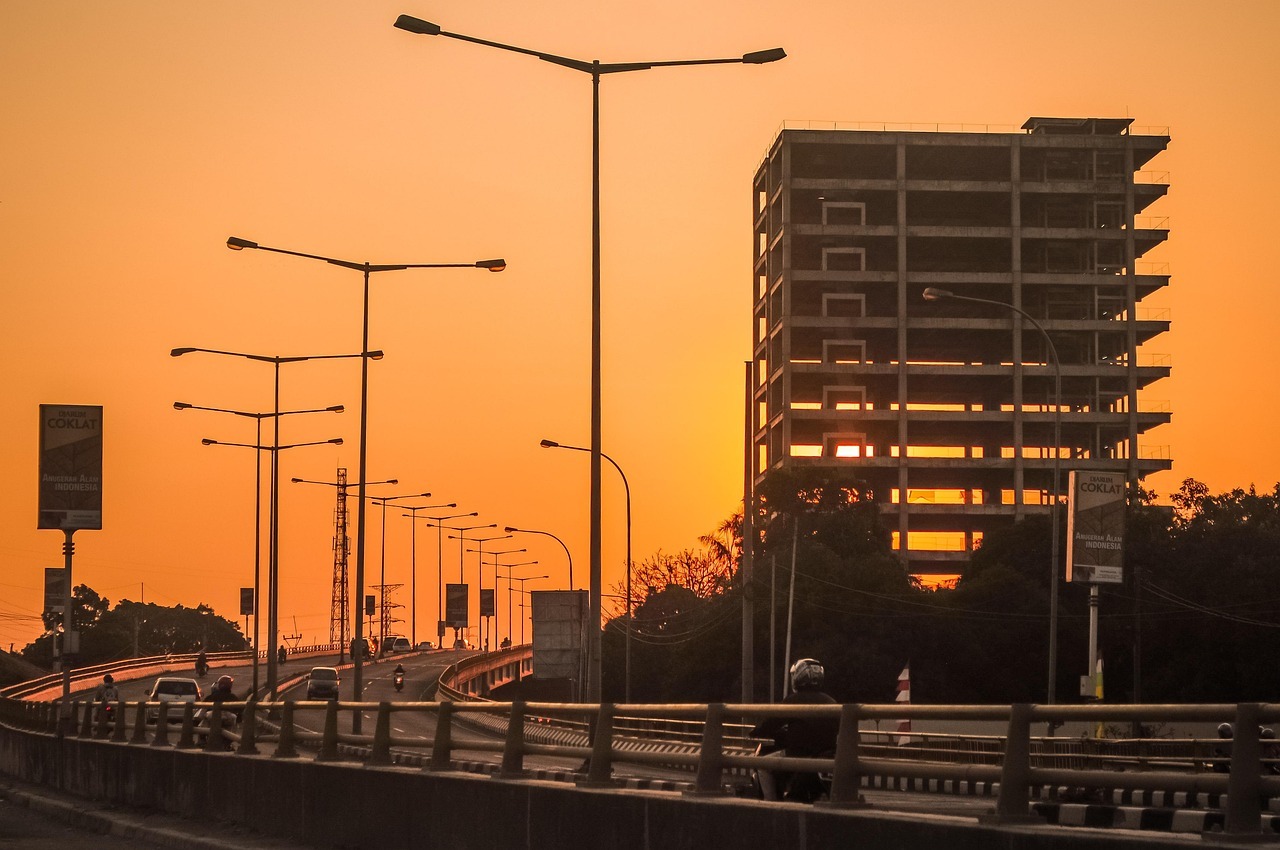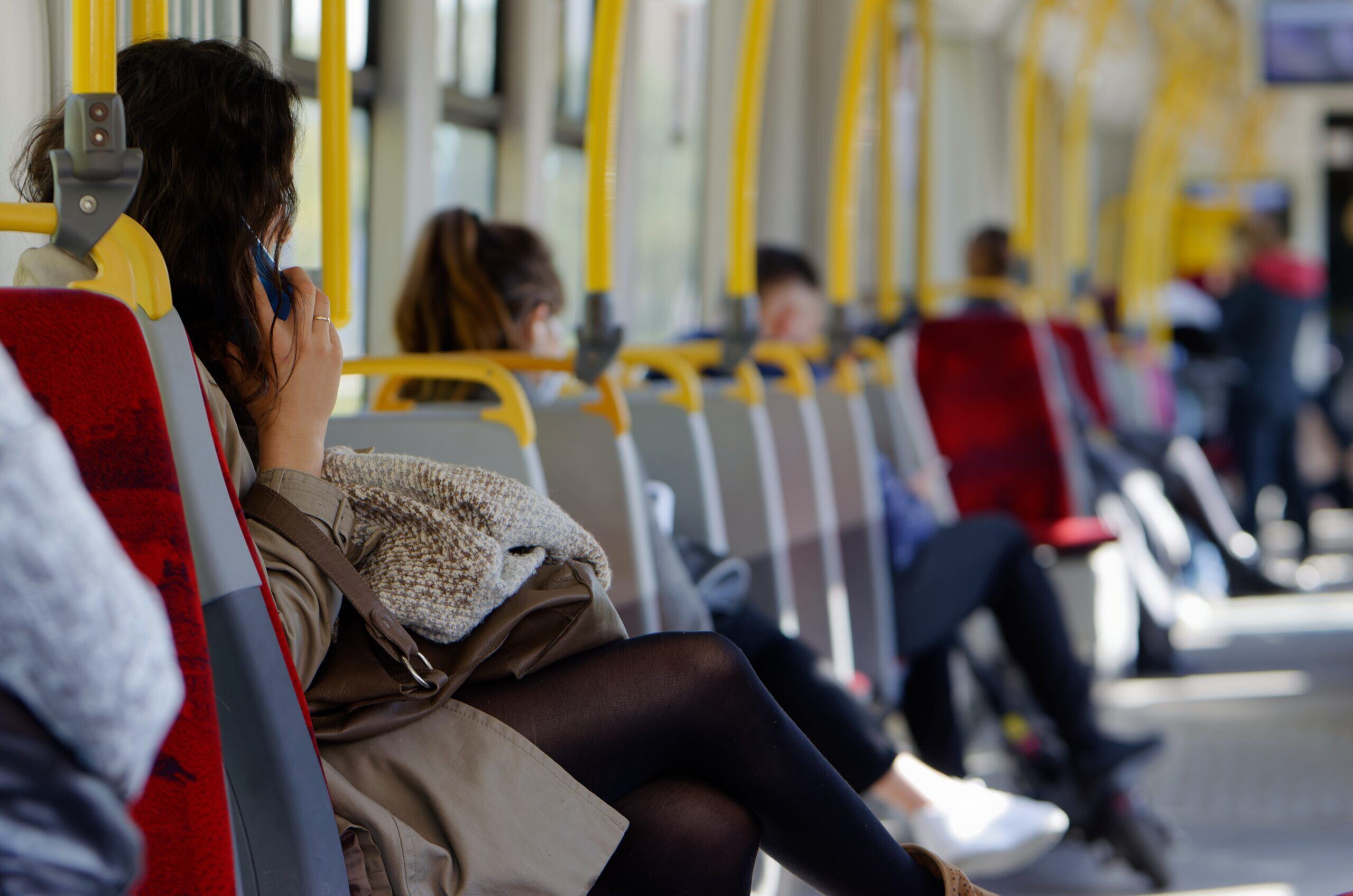Public transit and the climate challenge

In 2024, global temperatures reached record highs, making it the hottest year since records began. As the world gets warmer, cities everywhere are confronting the profound effects of climate change, including ever-more frequent, intense and hazardous heatwaves.
Public transit agencies are increasingly tasked with two critical responsibilities: assisting their cities in reducing carbon emissions, and ensuring the safety of their riders from extreme heat.
Necessary behaviour change
Boosting public transit ridership is one of the most effective strategies cities can employ to reduce carbon emissions and de-escalate the climate emergency.
Transport is a major driver of climate change, producing more than 8 billion metric tons of CO₂ worldwide in 2023, accounting for roughly 21% of global energy-related CO₂ emissions.
With road transport, including personal vehicles, being a large contributor, the very act of choosing public transit is part of the long-term solution for cities. Shifting even a fraction of trips from cars to buses or trains can dramatically cut a city’s carbon footprint.
The stats are compelling. The U.S. Department of Transportation says that heavy rail (subways, metros) produce 76% less GHG emissions per passenger mile than single-occupancy vehicles, while light rail and bus transit produce 62% less and 33% less respectively.
According to the American Public Transportation Association, public transit use in the U.S. reduces emissions by approximately 63 million metric tons of carbon dioxide annually, the equivalent of removing over 12 million cars from the road each year.
Clearly, encouraging people who habitually drive to change their travel habits and choose shared transportation is a key goal cities must shoot for. Worldwide, we’re seeing cities prioritise rider experience to drive this behaviour change – making using public transit a no-brainer.
Climate change mitigation
In the here and now, transit agencies have a more immediate problem to deal with – keeping riders cool on the move. Where soaring temperatures are already a problem, transit agencies must provide networks and services that adapt and keep running even in extreme heat.
In cities like Dallas and Phoenix, which are particularly vulnerable to heatwaves, the impact of climate change is urgent and tangible. Summers now frequently experience weeks of record breaking scorching temperatures.
The infrastructure, initially designed for a milder climate, is being pushed to its limits. This heat is causing rail tracks to buckle, air conditioning systems to work harder, and making outdoor waits uncomfortable or even hazardous.
Dallas Area Rapid Transit (DART) has been taking significant steps to address extreme heat conditions. This includes upgrading their vehicles with more robust cooling systems and enhancing the design of their stations. There has also been the introduction planted banks of shade- giving trees to mitigate heat islands.
Also, DART has implemented dedicated cooling stations during extreme heat events. These stations are often established in collaboration with the City of Dallas and local emergency services. They provide air-conditioned spaces at key transit hubs where riders can seek shelter, access cold water, and receive critical information about heat safety.
Some of these stations are located within transit centres, while others are temporary pop-up shelters established during heat advisories. This initiative serves as a crucial support for the city's most vulnerable transit users, including the elderly, individuals with disabilities, and those experiencing homelessness.
GoPass, powered by Kuba, features a map interface that displays the locations of cooling centres provided by DART for temporary relief from the heat.
How Kuba supports transit agencies facing the climate challenge
Kuba aims to be part of the solution, helping transit agencies deliver on their climate-related goals. We empower transit agencies to reduce the barriers to riding transit.
Our contactless payment solution and mobile app make journeys simple and payments seamless. With smarter, data-enriched systems, transit agencies can understand their customers’ behaviour and design increasingly rider-focused travel experiences.
In addition, Kuba supports climate adaptation through the following features:
Heat-optimized journey planning: Our mobile app provides real-time route information, helping passengers time their journeys to avoid long waits in direct sunlight. Riders can see the location of the next bus or any other public transit options available in their city.
Mobile ticketing & contactless boarding: Passengers can remain in air-conditioned environments until it's time to board, eliminating the need to wait in line at outdoor kiosks. The app also displays the cost of a planned trip and allows riders to purchase tickets in advance.
Targeted alerts: Notifications can direct riders to cooling stations or suggest alternate routes during heat advisories.
These features are essential, particularly when routes may be disrupted due to extreme weather, as they ensure that transit users are always informed and in control.
As many cities are facing extreme summer temperatures a solution such as ours is a huge step towards keeping riders safe this summer.
Want to know more? Get in touch here.



